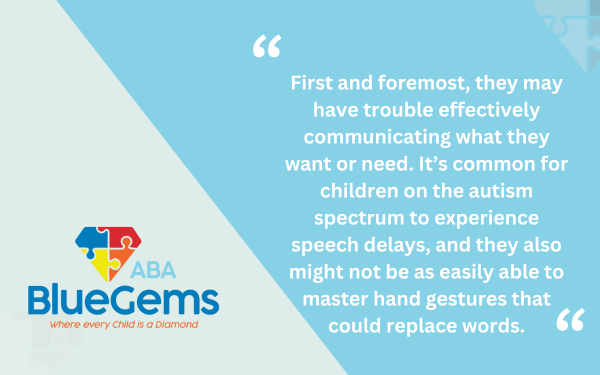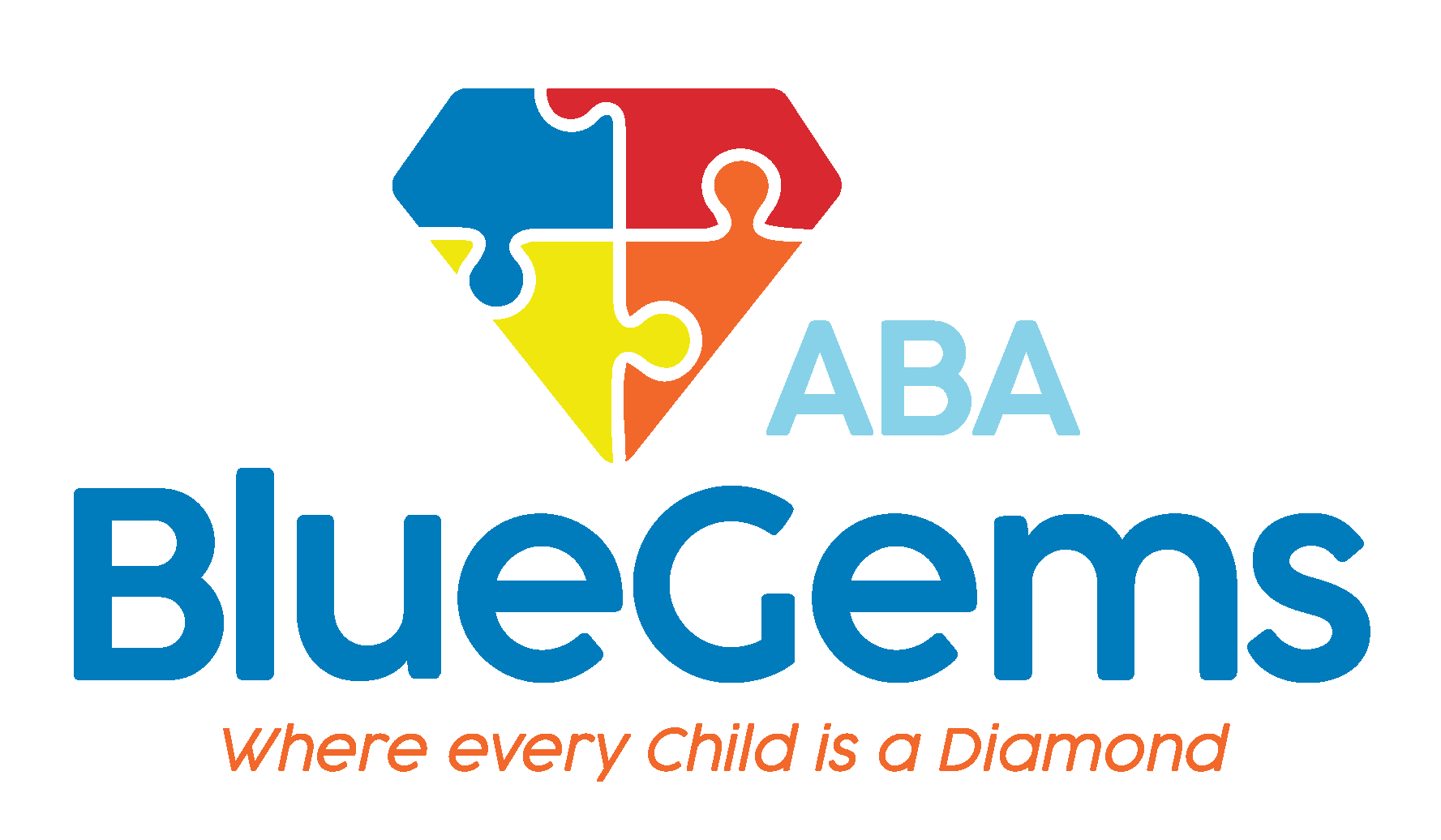Using ABA to Teach Children How to Ask for Help
Children with autism spectrum disorder (ASD) typically face deficits in communication and social interaction skills. This can stand in the way of a number of common things in life, such as making and maintaining relationships, and attending school.
The communication deficits that children with autism face can affect even more basic skills, too. For instance, they might have trouble expressing how they’re feeling or what they want or need.
Many people take asking for help for granted, but it’s a skill that children on the autism spectrum may have trouble mastering.
Luckily, applied behavior analysis (ABA therapy), the leading treatment option for children with ASD, can help. In this article, we’ll discuss how ABA therapy helps teach children how to ask for help.
Table Of Contents
Why Might Children with Autism Have Trouble Asking for Help?
There are a number of factors at play that could make it difficult for children with autism to ask for help.
First and foremost, they may have trouble effectively communicating what they want or need. It’s common for children on the autism spectrum to experience speech delays, and they also might not be as easily able to master hand gestures that could replace words.

Another major reason that asking for help might be hard for children with ASD is that they might feel anxiety or become overwhelmed in social situations. They might be fearful of asking for help, in other words, even from their parents at times.
ABA therapists understand that these are two very common reasons why children with autism might have trouble asking for help. Mastering this skill is very important, which is why ABA therapy places such a high priority on mand training, even for younger children.
What is Manding?
Mand is a word that simply represents requesting something that one needs, wants or doesn’t want. It could be requesting an object or requesting that something stop.
This is often the earliest communication form that children develop, and it’s often done naturally as they observe the world around them.
Babies learn that when they cry, their parents come to them to help, whether it be making them warm, comforting them, changing their diaper or giving them food. Over time, children develop more complex forms of manding, such as pointing and using hand gestures, and ultimately using words to make requests.
Children with autism, though, might not develop these more complex forms of manding as effectively as their neurotypical peers. This is where mand training comes into play.
What is Mand Training in ABA Therapy?
Through various techniques, ABA therapists will help children with autism learn other ways to make requests if they don’t yet have the ability to communicate their needs through words.
The way mands are typically introduced in ABA therapy is by using an item or object that the child likes and would be motivated to request. This could be a toy, book or any other item they highly prefer.
The therapist will then withhold this item from the child and not give them the item until they can successfully request it. As soon as the child either attempted or successfully made a request for the item, the therapist will give it to them.
This strategy will help children understand that if they mand effectively, they will get what they want. This basic concept behind making requests can then more easily translate to other types of mands.
Over time, therapists will work to help children with autism build their verbal communication skills and vocabulary so that they can make requests with their words — even if the requests are simple and only a word or two at first.
As children learn these skills — or if they aren’t able to learn the skills because they are non-verbal — therapists might also use other strategies to help children make requests.
One common strategy is called the Picture Exchange Communication System, or PECS. This involves children having different pictures of objects available to them to use, which they’ll then pick up and either point to or hand to the person from whom they’re making a request.
For example, if the child wants a banana, they could pick up the picture of the banana and hand it to their mother. All of these strategies together can help children learn how to make requests more effectively so they get what they want and need.
| Step | Description |
|---|---|
| 1. Identify Preferred Item | Choose an object or toy that the child is motivated by. This could be anything the child finds enjoyable or desirable. |
| 2. Withhold the Item | The therapist does not immediately give the item, setting the stage for the child to request it. |
| 3. Encourage Request | Prompt the child to request the item using whatever form of communication they are capable of — words, gestures, or pictures. |
| 4. Reinforce Attempt | If the child attempts or successfully makes a request, they are immediately given the item. This reinforces the behavior. |
| 5. Build on Progress | As skills improve, therapists increase complexity — from gestures or pictures to verbal requests, even if just one or two words at first. |
Blue Gems ABA Helps Children Learn to Mand
Many people take the ability to make requests for granted, but this might be a difficult skill for children with ASD to master. By focusing on basic strategies and principles, ABA therapists can help children learn to mand and ask for things they want or need.
At Blue Gems ABA, our experienced team of therapists uses mand training for children with autism who have trouble making requests. We build all of our treatment plans to cater specifically to each child’s unique strengths, challenges and preferences, so that the treatment is more effective.
To learn more, please contact us today.




